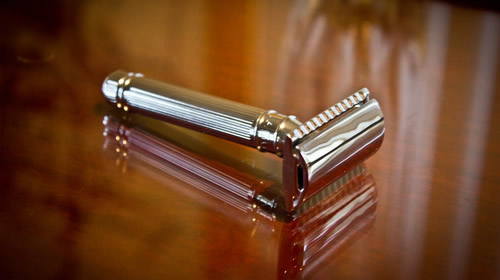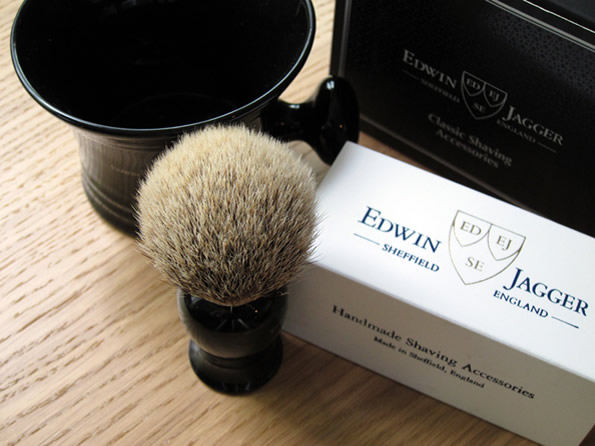Nicks and cuts. they happen to every shaver out there, be they professionals or beginners. The most important thing is to treat them correctly and as fast as possible. This Alum block by Edwin Jagger contains mineral salts which work as an antiseptic. In addition these minerals contract the skin and tighten pores. The alum block is a milder version of the alum stick and can be used on your entire face.
Hold the alum block under a cold running tap. Aterwards, gently rub the alum block over the entire face. When you’ve cut yourself you will feel a little sting. The rest of your skin will experience a cooling sensation which is nice when your skin is slightly irritated. The salt minerals will contract the skin and close pores so that the blood vessels will get closed off. After usage clean the block and store the block in a dry place. Avoid contact with glass and marble because the block may cause stains on the surface of these materials.


